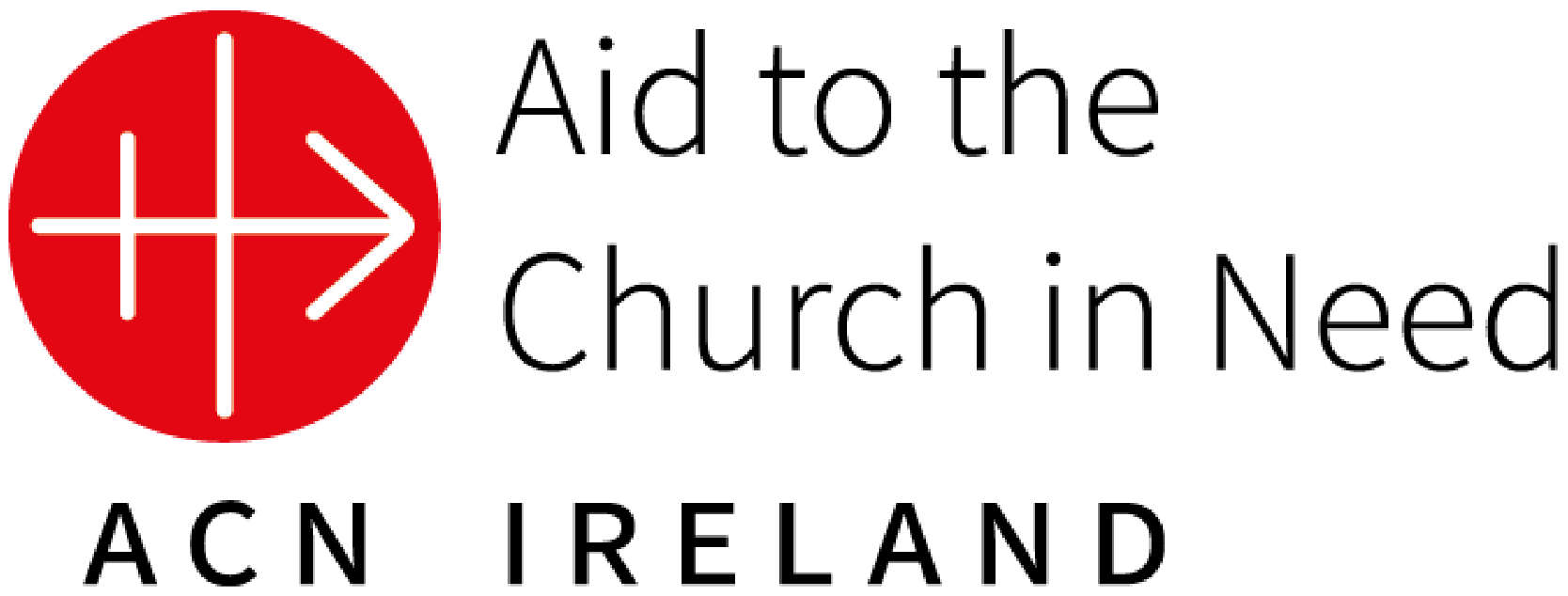Public Health is no Excuse for Outlawing Public Worship
Over the course of the COVID-19 pandemic, the Irish Government suspended public worship over extended periods of time. Freedom of religion is enshrined in the Irish Constitution, but those supporting the government’s measures claim suspension of public worship was necessary on public health grounds. David Thunder assesses if these claims are valid.
By David Thunder
Achill Island. (Credit: Aid to the Church in Need)
It is no small irony that Ireland, one of the seedbeds of Western Christendom, now tops the charts as one of the nations most hostile to religious worship in the Western world. While many Western countries have continued to permit some form of religious worship for the greater part of the pandemic, albeit under public health restrictions, Ireland has permitted churches to open their doors for less than four months since March 2020. Indeed, under the pressure of a legal challenge brought by businessman Declan Ganley, the Irish government has clarified that both attending and celebrating Mass was considered a criminal offence under prevailing Covid regulations.
Thankfully, on May 10th the outright ban on public worship was finally lifted, and up to 50 people are now permitted to attend Mass. That said, this merciful respite does not undo the fact that Irish churches have been shut down by orders of the civil authorities for the majority of the past 14 months.
The freedom of worship touches the most intimate dimension of human life – the spirit, and the longing for communion with God – and as such, should be not be tinkered with by civil authorities, except where such an intervention is essential in order to avert a serious and imminent threat to security or public order.
Article 44.2.1 of the Irish Constitution states that “freedom of conscience and the free profession and practice of religion are…guaranteed to every citizen.” Bunreacht na nÉireann does not offer any explicit protection to the freedom to attend football games, or the freedom to enjoy a meal at your favourite restaurant, because these freedoms, important as they are, do not play the same critical role in conferring meaning and integrity on citizens’ lives as the profession and practice of religious faith.
What sort of situation might justify the temporary suspension of religious freedom? The Constitution provides us with a valuable clue. Like other fundamental rights, the freedom to profess and practice religion is “subject to public order and morality.” Presumably, an idiosyncratic religious cult which engaged in bizarre sadomasochistic rituals, the torture of animals, or the incitement to violence could be restricted or even shut down indefinitely.
But what about a less extreme threat to public order, such as the potential for a congregation to spread a respiratory virus with an estimated infection fatality rate in the range of 0.2-0.3%? Would such a threat to public order be sufficiently grave to warrant the outright prohibition of all religious services?
In order to answer this question, we must make a prudential judgment call, assessing whether or not the likely benefits of outright prohibition of public worship are proportionate to the harms suffered by citizens who are deprived of that freedom.
Nobody would deny that a respiratory virus may be transmitted in places of worship. However, quantifying that risk is rather tricky. Contact tracing studies repeatedly demonstrate that households are major conduits of SARS-CoV-2, which is logical enough, given how difficult it is to restrict contact within a household. But we do not have similar high quality evidence for religious services.
Indeed, we do not even know for sure how many people without symptoms are transmitting SARS-CoV-2. A number of landmark studies suggest that a person without any noticeable symptoms of disease is far less likely to transmit this virus than someone who is sick. This finding is consistent with the conventional scientific view that viral epidemics are mainly driven by symptomatic rather than asymptomatic or pre-symptomatic transmission.
We have no good reason, then, to expect Mass attendance to cause a large spike in community transmission. Of course, in the absence of mathematical certainty concerning the dynamics of viral transmission, there remains a theoretical possibility that socially distanced Masses could drive significant outbreaks of SARS-CoV-2. However, a mere theoretical possibility is not sufficiently menacing to citizens’ health or safety to justify the suspension of fundamental rights. The threat must be credible and evidentially substantiated.
In the absence of credible and substantial evidence that socially distanced Masses are likely to be major vectors of disease, there is no justification for coercively preventing people from attending Mass if they wish to do so. This is true not only of the young and healthy, who run minimal risk from Covid-19, but also of frail and elderly people, who should be warned that any indoors social activity poses a certain level of risk to them, and trusted to decide for themselves whether to watch Mass online or attend in person.
We permit citizens to knowingly assume all sorts of risks in the pursuit of relatively mundane goods. For example, we don’t prevent citizens from eating chocolate just because that activity is associated with the risk of developing diabetes. We don’t shut down highways because people die in car accidents every week; nor do we shut down ski resorts because occasionally, skiers have serious and even life-threatening accidents.
If we permit such risks in these relatively mundane activities, it would be very strange if we did not permit citizens to assume moderate risks in the pursuit of a good as important and fundamental as the profession of their faith.
David Thunder is a Ramón y Cajal researcher and lecturer in political philosophy and Principal Investigator of the “RESPUBLICA” research project at the University of Navarra’s Institute for Culture and Society in Pamplona, Spain. Twitter: @davidjthunder.

